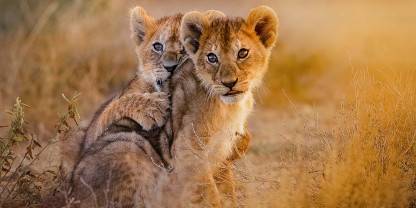Average User Rating
Rating Breakdown
Write a User Review US
Visited:
July 2017
Reviewed: Jul 25, 2017
US
Visited:
July 2017
Reviewed: Jul 25, 2017
Email John Q | 50-65 years of age | Experience level: first safari
 AU
Visited:
December 2016
Reviewed: Jul 23, 2017
AU
Visited:
December 2016
Reviewed: Jul 23, 2017
Email stephenjkennedy161 | 50-65 years of age | Experience level: 2-5 safaris
 DK
Visited:
December 2016
Reviewed: Jul 18, 2017
DK
Visited:
December 2016
Reviewed: Jul 18, 2017
Email Alex B. | 20-35 years of age | Experience level: 2-5 safaris
 US
Visited:
June 2017
Reviewed: Jul 13, 2017
US
Visited:
June 2017
Reviewed: Jul 13, 2017
Email RoninRtist | 35-50 years of age | Experience level: first safari
 CN
Visited:
April 2017
Reviewed: May 7, 2017
CN
Visited:
April 2017
Reviewed: May 7, 2017
Email Catherine | 35-50 years of age | Experience level: first safari
 US
Visited:
February 2012
Reviewed: Apr 19, 2017
US
Visited:
February 2012
Reviewed: Apr 19, 2017
Email Eleanore Avery | 65+ years of age | Experience level: over 5 safaris
 CA
Visited:
March 2017
Reviewed: Mar 18, 2017
CA
Visited:
March 2017
Reviewed: Mar 18, 2017


